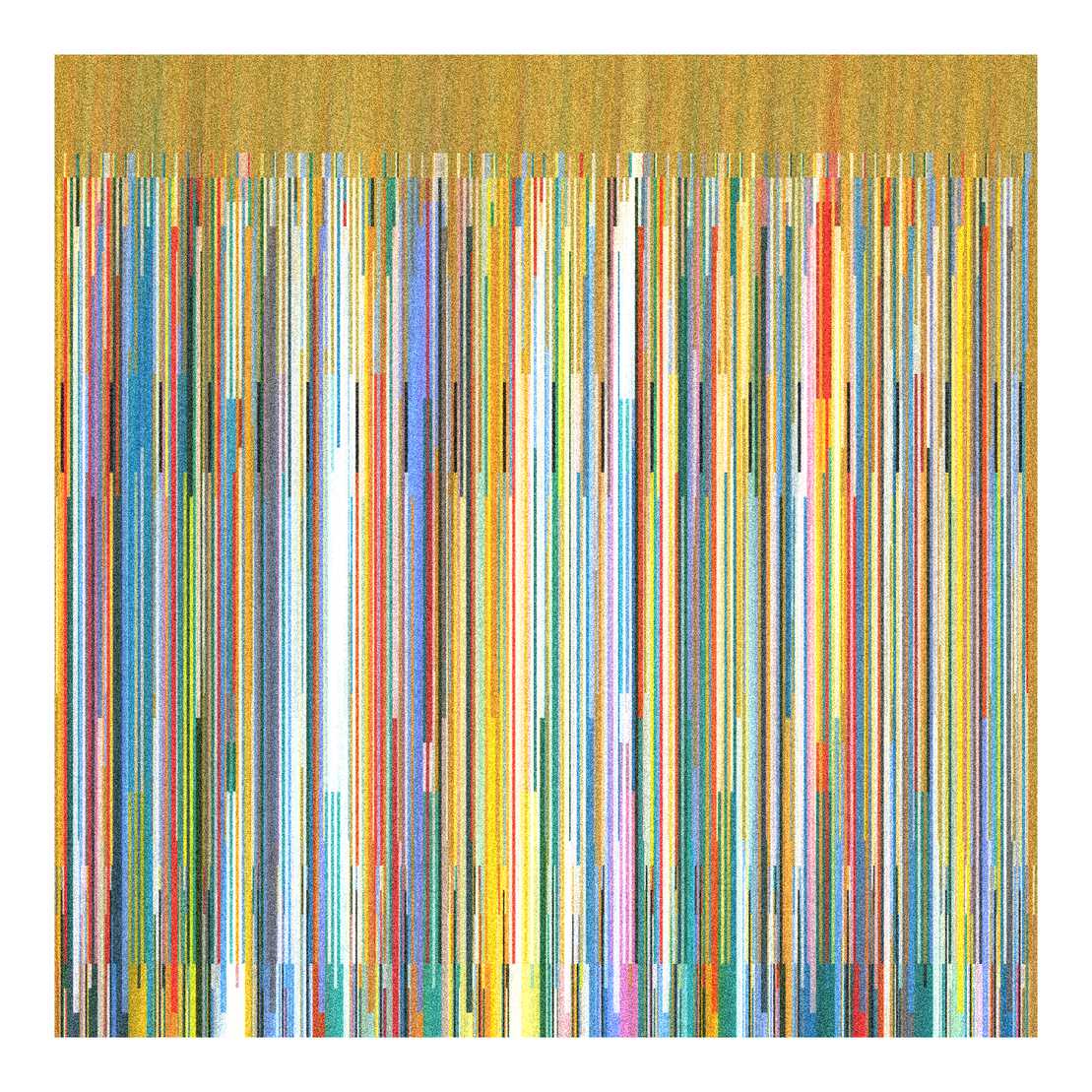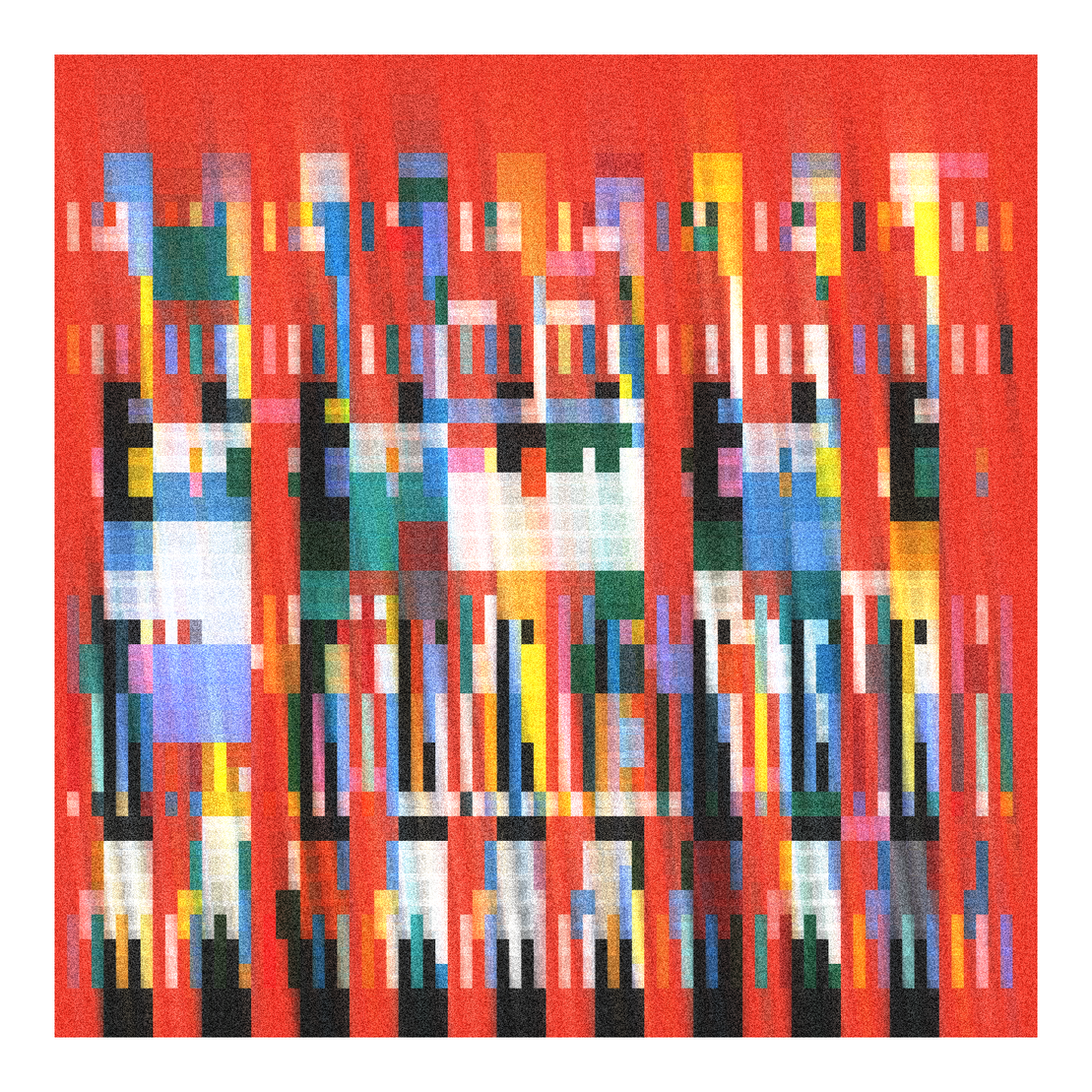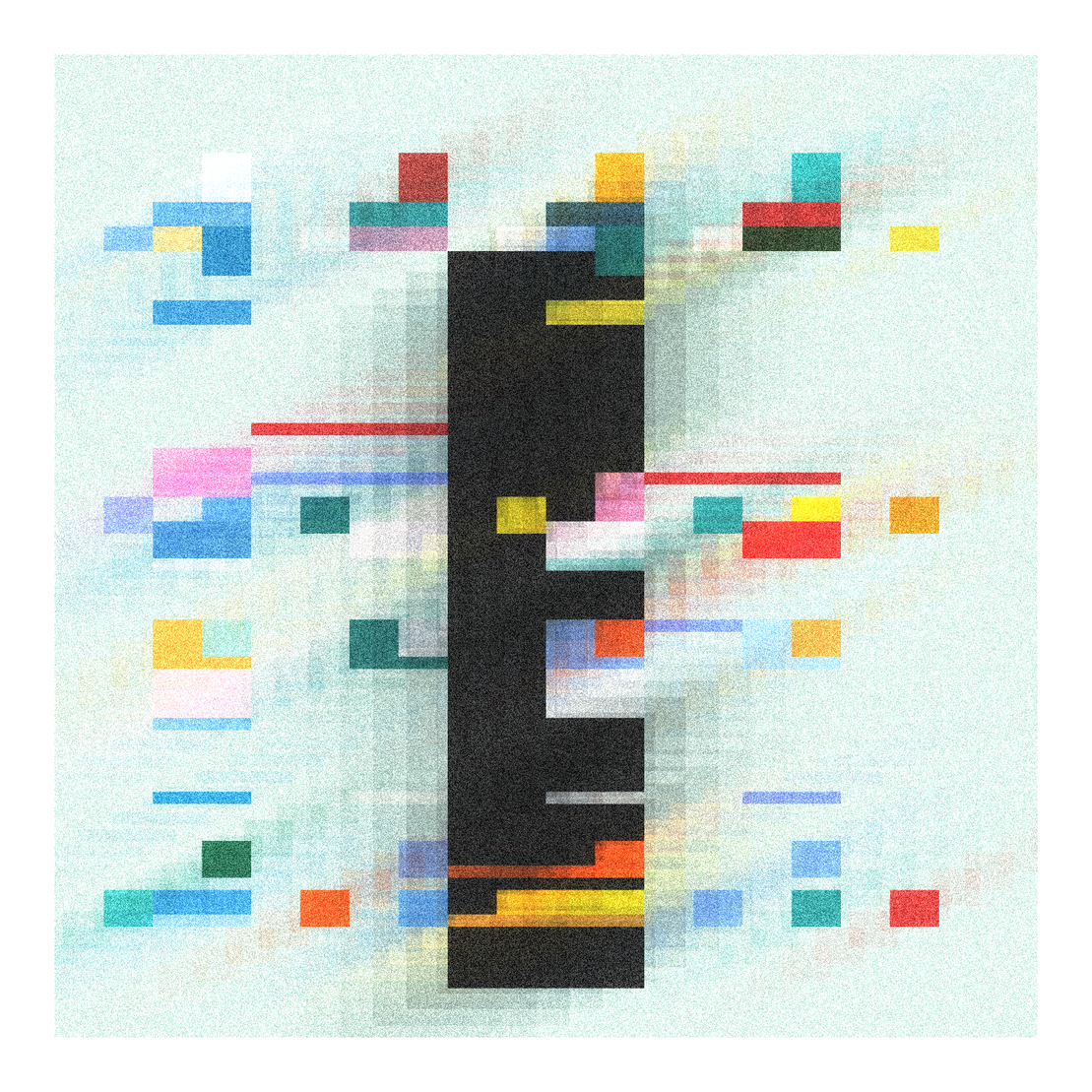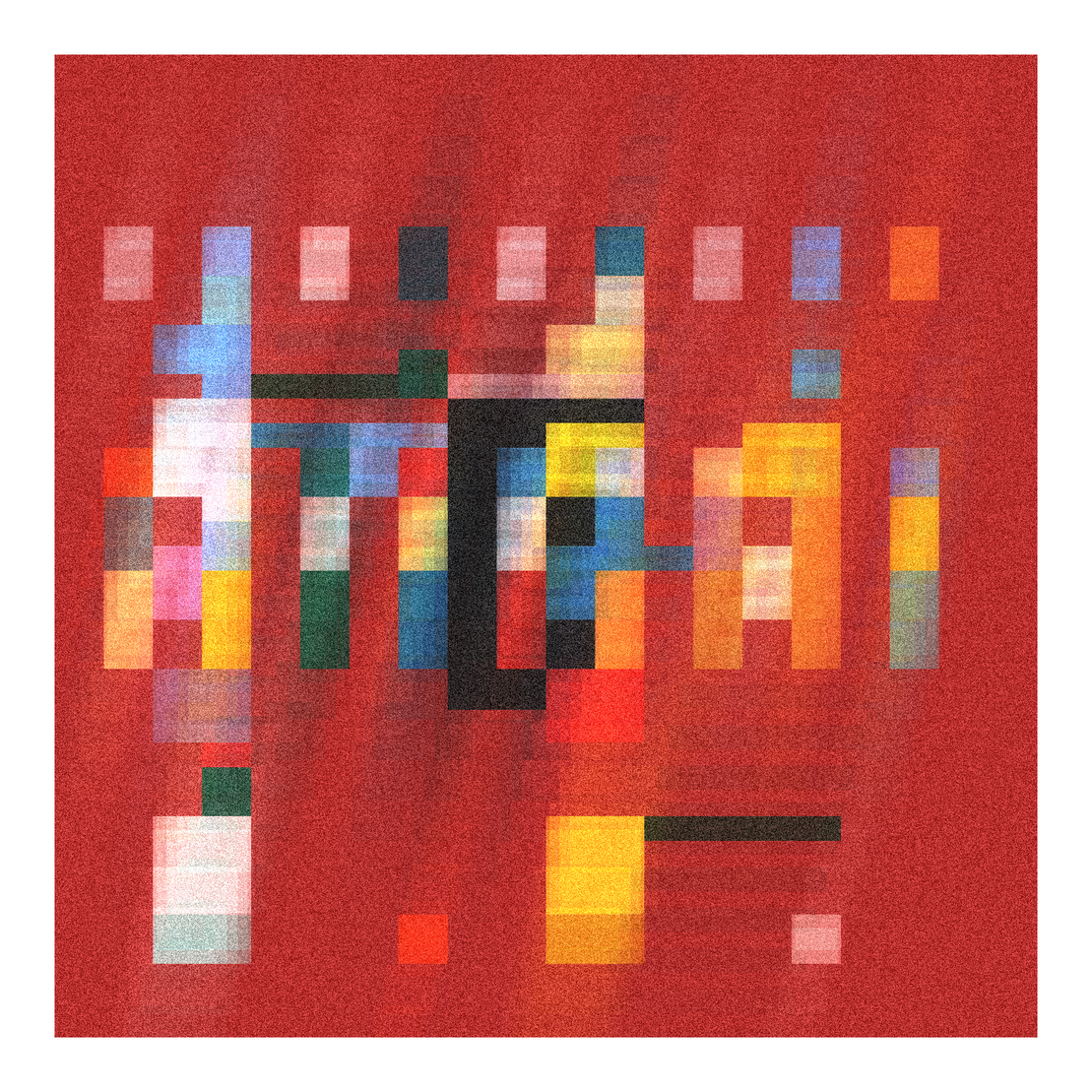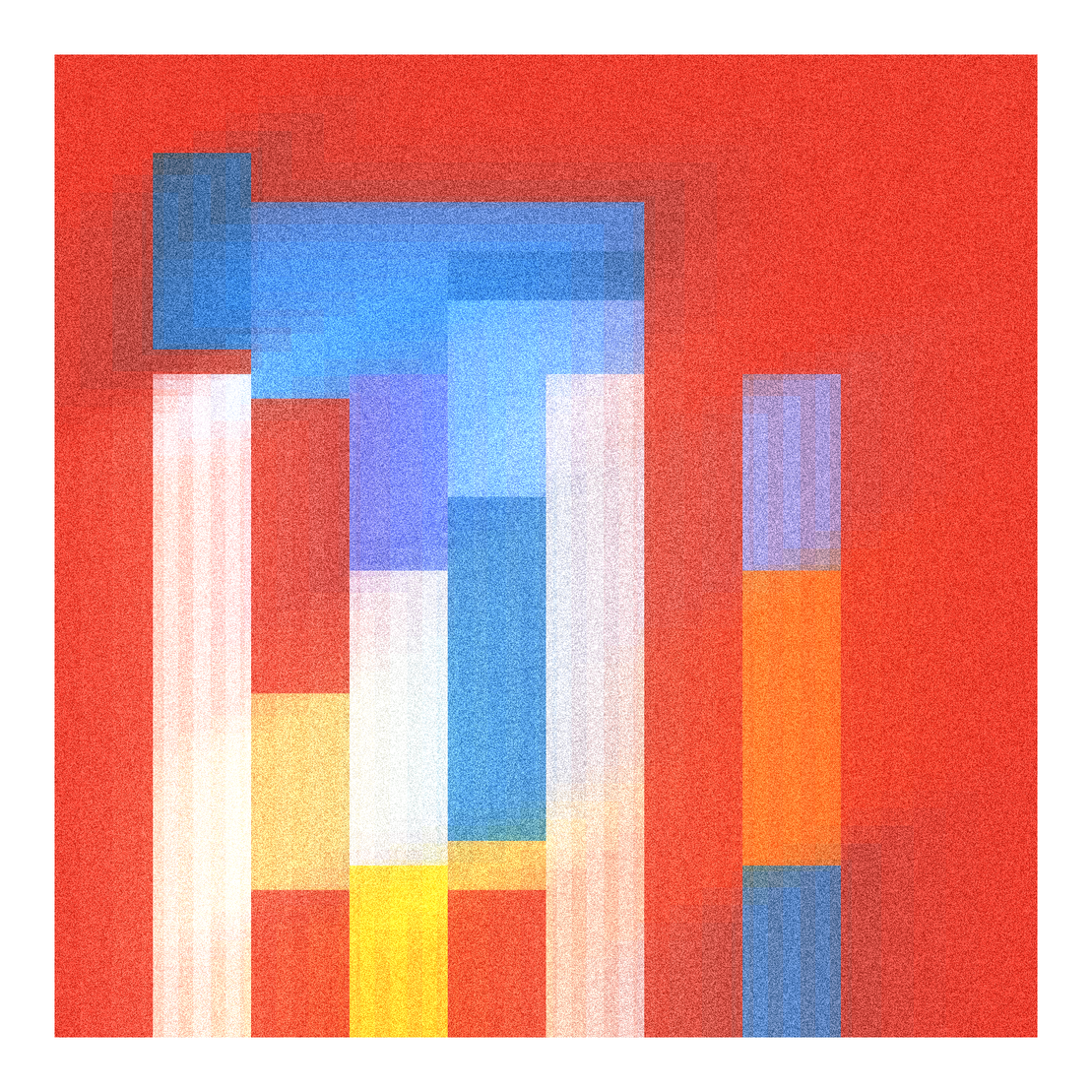
Exploring Rarity in Contrapuntos
written by Aurelian
Contrapuntos was one of the first projects that caught my eye when I started following fxhash over the Christmas holiday in 2021. It felt out of my price range at a time when 10 tez could go a long way and I didn't purchase my first one under some time later, but I kept coming back to it again and again - as did many in the early community.
In the year plus that I've been around fxhash, I've been a part of A LOT of conversations about Contras; we're talking "monoliths", "chunky contras", "grails", what's "bussn" and what's not, and of course whether or not a Contra is, in fact, "disgusting" - all, somehow, positive terms. Through all that, it's bothered me that we've never had a sense for different traits or their distributions for the project...and while rarity isn't everything (especially in the world of generative art), it is something...and I just had to know.
project name project name project name
Trinity on Contrapuntos #80, "Alert that the floor contra is disgusting."
So with more time than sense, I grabbed my laptop and some coffee, put the baby in the bouncer and fired up a Google Sheet. I went through all 773 outputs, identified traits I wanted to track, and started banging away at my keyboard. That was literally months ago...turns out the baby cries, I still need to work for a living, and it's hard to look at hundreds of outputs over the span of hours and not get a headache...
BUT, after many hours plugging away in my free time - and checking with a few of you that I'm not crazy for being interested in this - I'm here to share my initial findings. I explored five different traits: Background Color, Compositional Spacing, Temporal Pattern, Focal Point, and whether or not an output has a Monolith.
Let's look at each of those in turn and see how the numbers shake out.
Background Color
The most straightforward and objective of the traits measured here, "Background Color", is exactly what it sounds like, which of the six background colors does an iteration fall into? The six background colors are referred to in my dataset as black, blue, dark red, gold, red, white, and the distribution shakes out as follows:
| Background Color | Number of Iterations (% of total) |
|---|---|
| Black | 118 (15.27%) |
| Blue | 131 (16.95%) |
| Dark Red | 127 (16.43%) |
| Gold | 145 (18.76%) |
| Red | 126 (16.30%) |
| White | 126 (16.30%) |
A few interesting takeaways from this breakdown. First off, four of the six background colors appear at almost exactly the same rate (~16.3% of the time), but black and gold diverge to create a fairly significant spread (over 3%) between the most common and the most rare color outputs. In terms of numbers of editions, black backgrounds occur with the least frequency (15.3%) and gold backgrounds appear with the greatest frequency (18.8%). My gut going in to this analysis was that white backgrounds would occur least often and red most often and it turns out that they occur at exactly the same rate (shows what I know right?).
Compositional Spacing
The next trait that I looked at is what I'm calling "Compositional Spacing", which is a rough measure of how "busy" an iteration is (or taken another way, a measure of the density of the number of individual visual elements within each piece). I should be candid here, this was very much a "my gut says" exercise and so should be taken with a grain of salt (though I would like to go back through the iterations again down the road with a fine-tooth comb here). I categorized these based on spacing into four categories: tight, medium, wide, and extra wide.
Once again, I'll caveat that categorizing these is not an exact science, but rather a good faith attempt...with that in mind, here's how it breaks down:
| Compositional Spacing | Number of Iterations (% of total) |
|---|---|
| Tight | 218 (28.20%) |
| Medium | 220 (28.46%) |
| Wide | 162 (20.96%) |
| Extra Wide | 173 (22.38%) |
These results didn't square with my read of the project based on the market, I was honestly surprised by how many "Extra Wide" and "Wide" outputs there were (a combined total of over 43% of iterations) given the premium put on "chonkers" by the market.
Temporal Pattern
The third trait that I looked at is something I'm referring to as "Temporal Pattern", but what I really mean by that is, "are there vertical black bars within the output that indicate a set pattern or tempo?" - thinking of these as the visual equivalent of rhythm. The example below (Contapuntos #770) has what I'm talking about; note the black bars that occur with consistent spacing as you look across the piece from left to right.
project name project name project name
I categorized these broadly as yes/no to get a sense for how many iterations actually have this trait and was surprised to see just how many actually did:
| Temporal Pattern | Number of Iterations (% of total) |
|---|---|
| Yes | 280 (36.22%) |
| No | 493 (67.78%) |
Focal Point
The fourth trait that I looked at is something I'm referring to as whether or not a piece has a central "Focal Point" (warning: we're getting pretty subjective here). This is actually a spinoff trait from my hunt for "Monoliths"...because it turns out that I didn't initially have a great definition for what that exactly meant and there are a lot of pieces that have a strong visual focal point (think bold, large blocks of centrally located color) that didn't make it into my final definition of a "Monolith". Since these pieces are still visually distinctive (see the example of Contrapuntos #17 below), I wanted to do my best to capture them here as well.
project name project name project name
| Focal Point | Number of Iterations (% of total) |
|---|---|
| Yes | 80 (10.35%) |
| No | 693 (89.65%) |
Monolith
The last - and "rarest" - trait that I looked at is whether or not an iteration has a "Monolith". Here we're talking about a strong, tall, centrally located block of color that dominates an iteration visually (as in the example below).
project name project name project name
| Monolith | Number of Iterations (% of total) |
|---|---|
| Yes | 22 (2.85%) |
| No | 751 (97.15%) |
From a rarity perspective, a true monolith is the rarest composition that I looked at (for instance there's only one Dark Red Monolith in the entire set of 773) - and they're visually striking to boot.
Parting Thoughts
What began as an exercise in curiosity (I just had to know, didn't I) became something of a labor of love for me. I can safely say that going through each and every output of Contrapuntos has given me a new level of appreciation for this wonderful work of generative art - and in a lot of ways, that's the point of this whole thing anyway.
Authors Note: This is a starting point of my exploration and - if there's interest and support in the form of mints - I'd love to continue to do additional work, exploring noise values, getting a finer tuned definition of my "Compositional Spacing" trait, and even matching this dataset up against price/marketplace data by doing some blockchain analysis.
If you're still reading this all the way down here and you have any thoughts, comments, suggestions for future research, or just want to chat about Contrapuntos or generative art feel free to reach out to me on Discord - I'm more than happy to chat!
